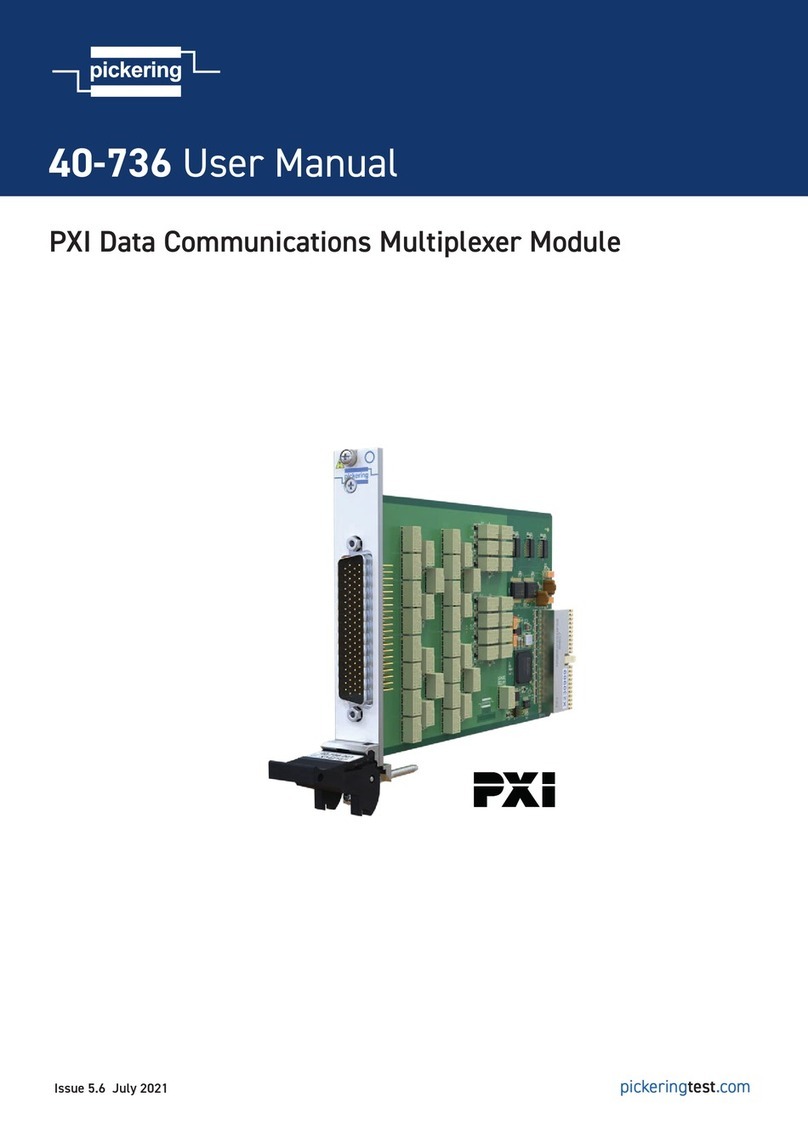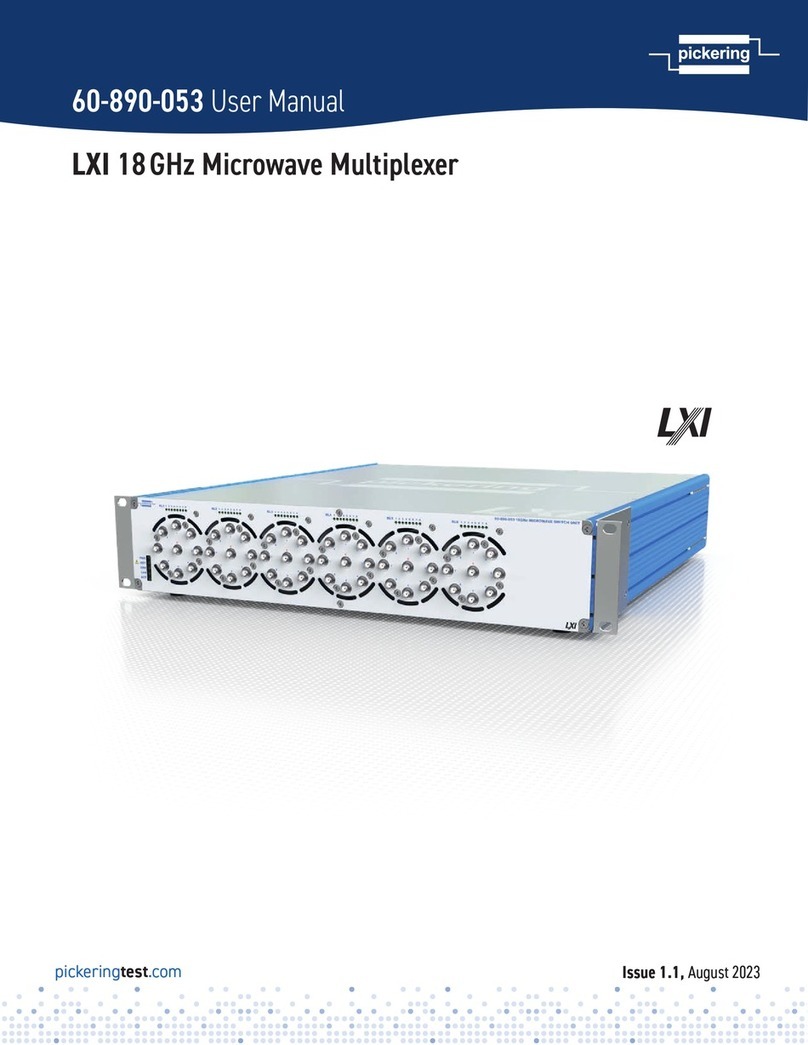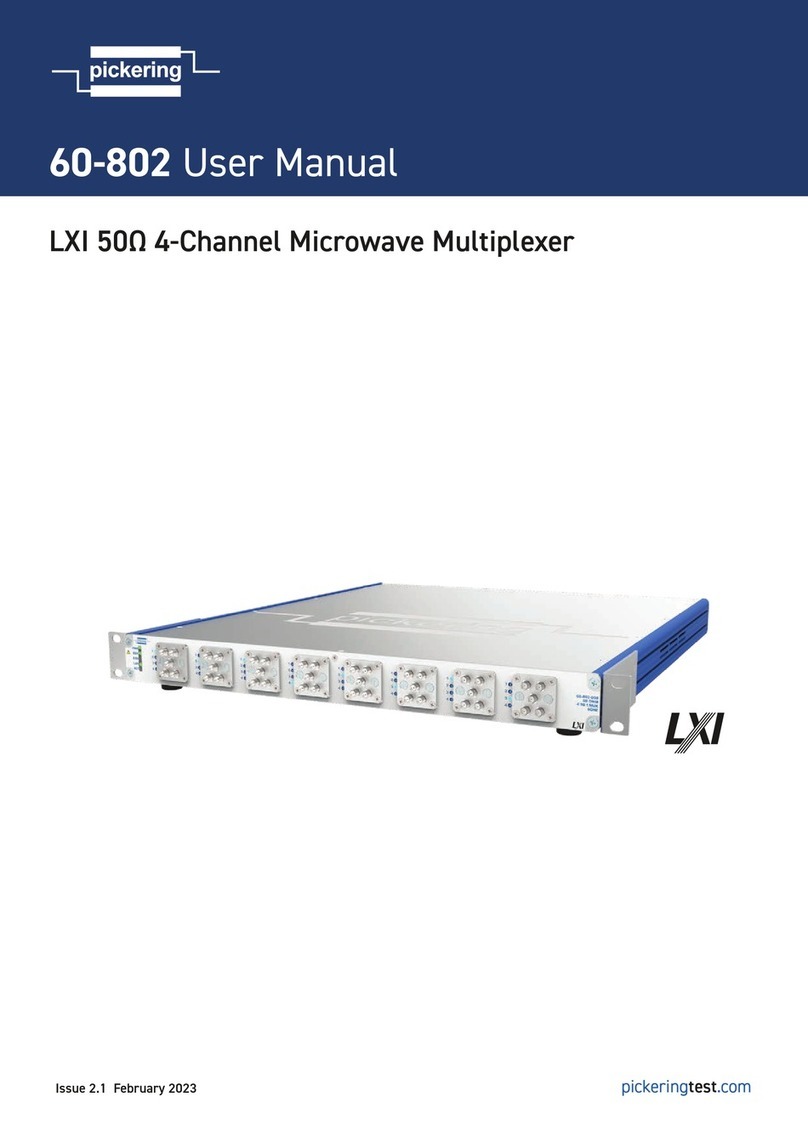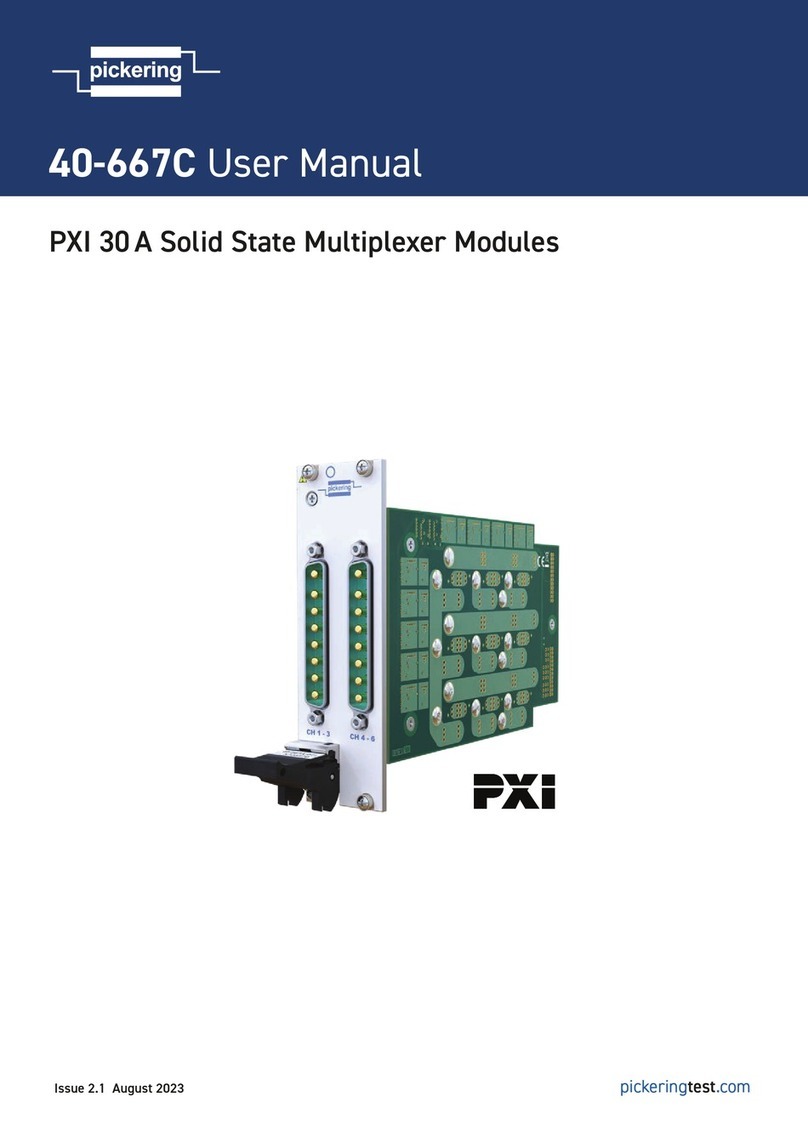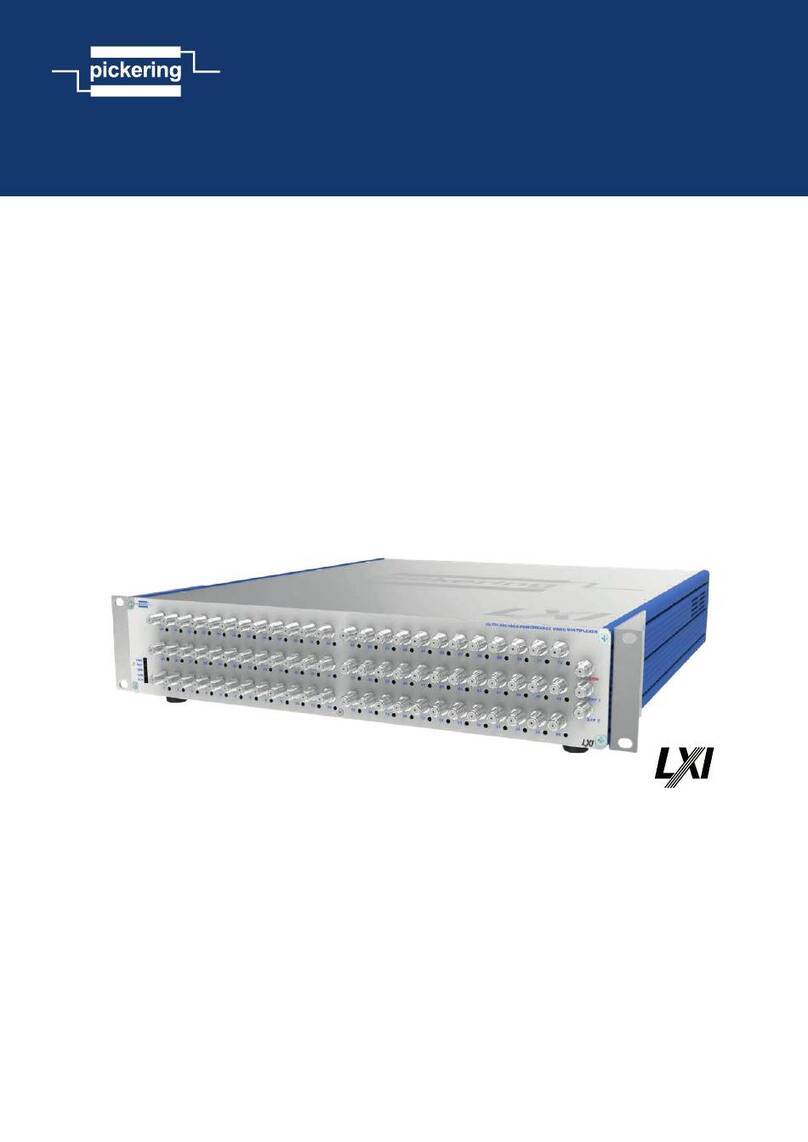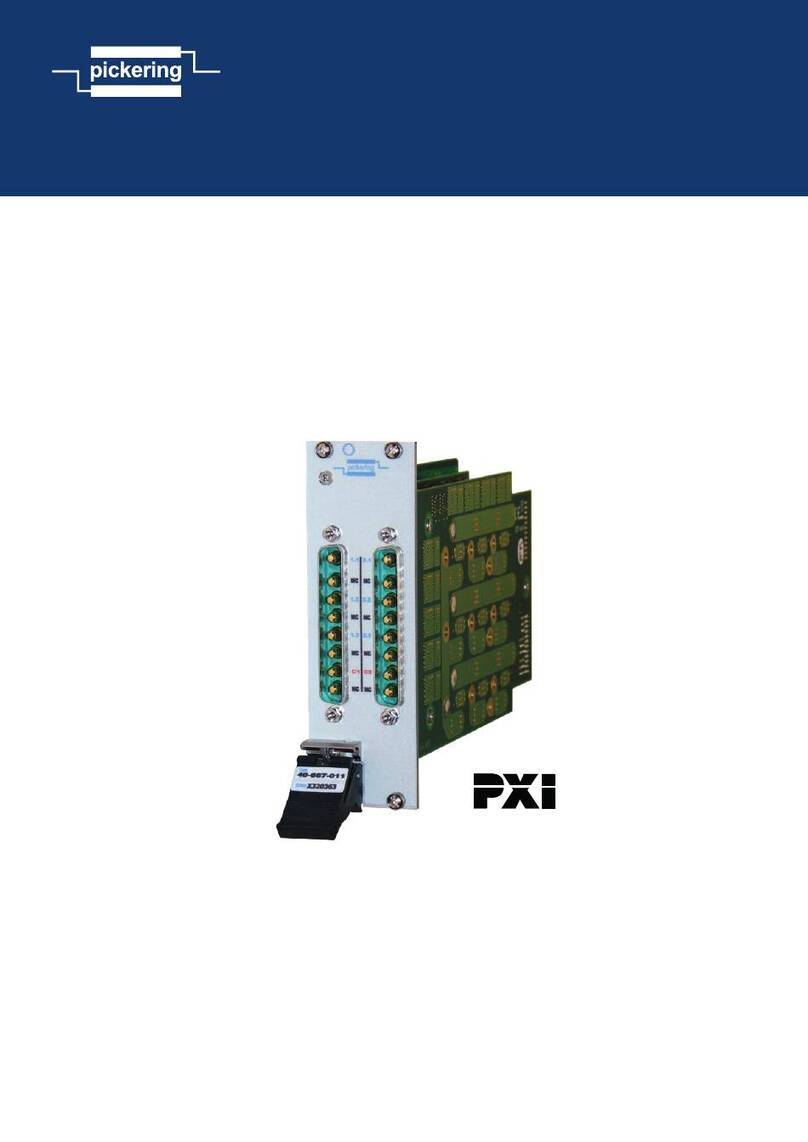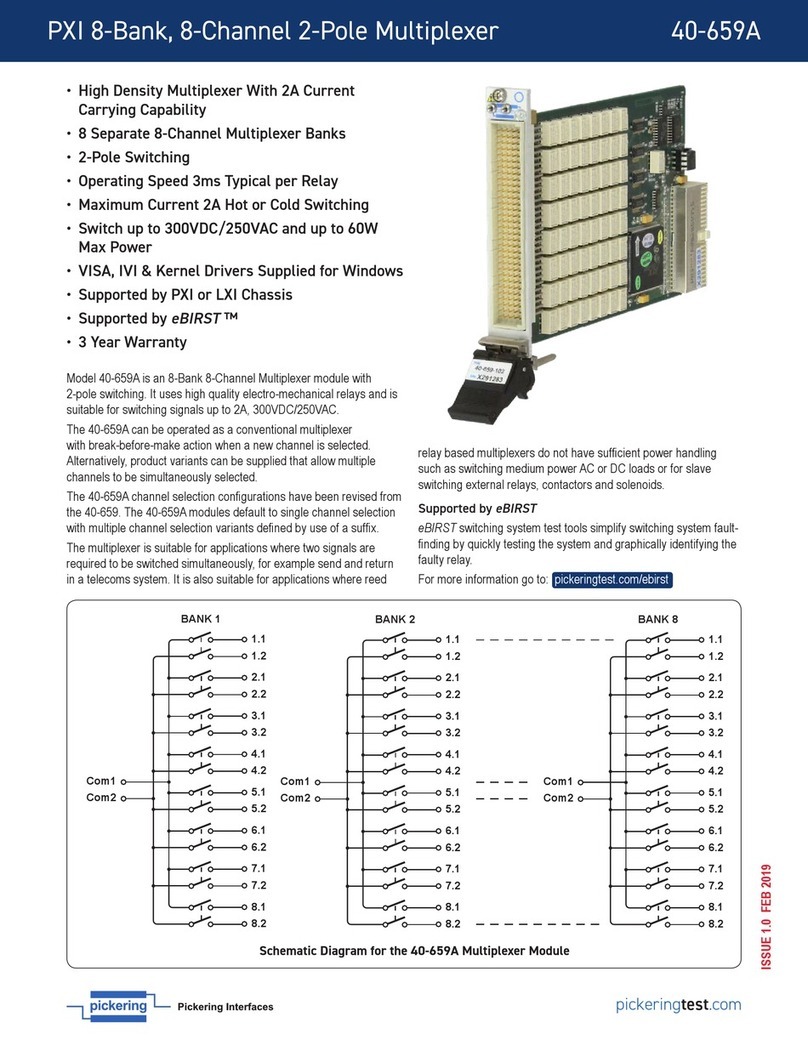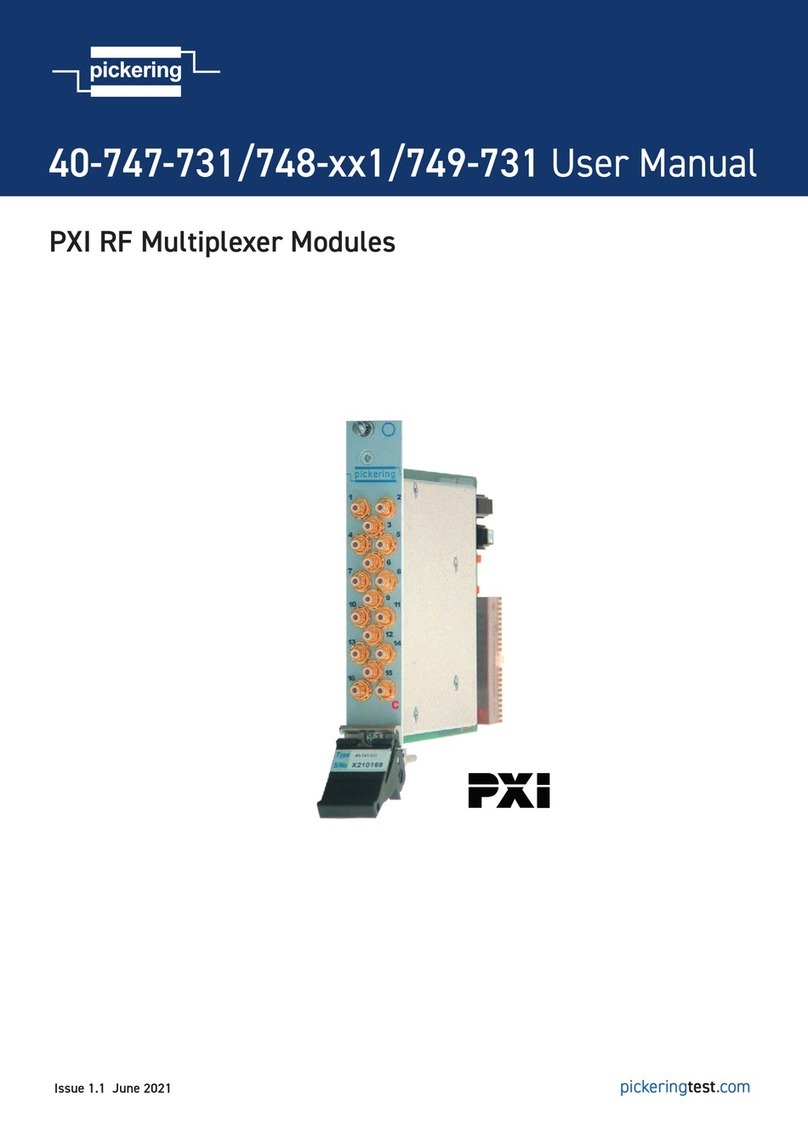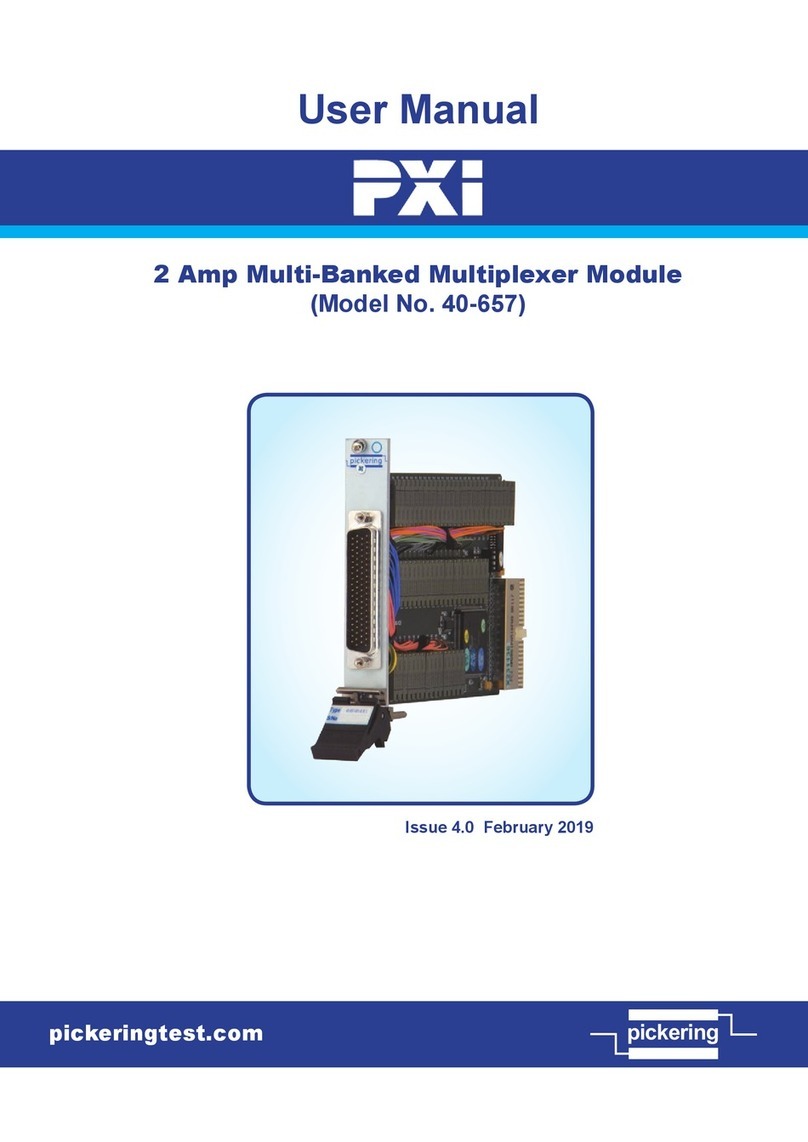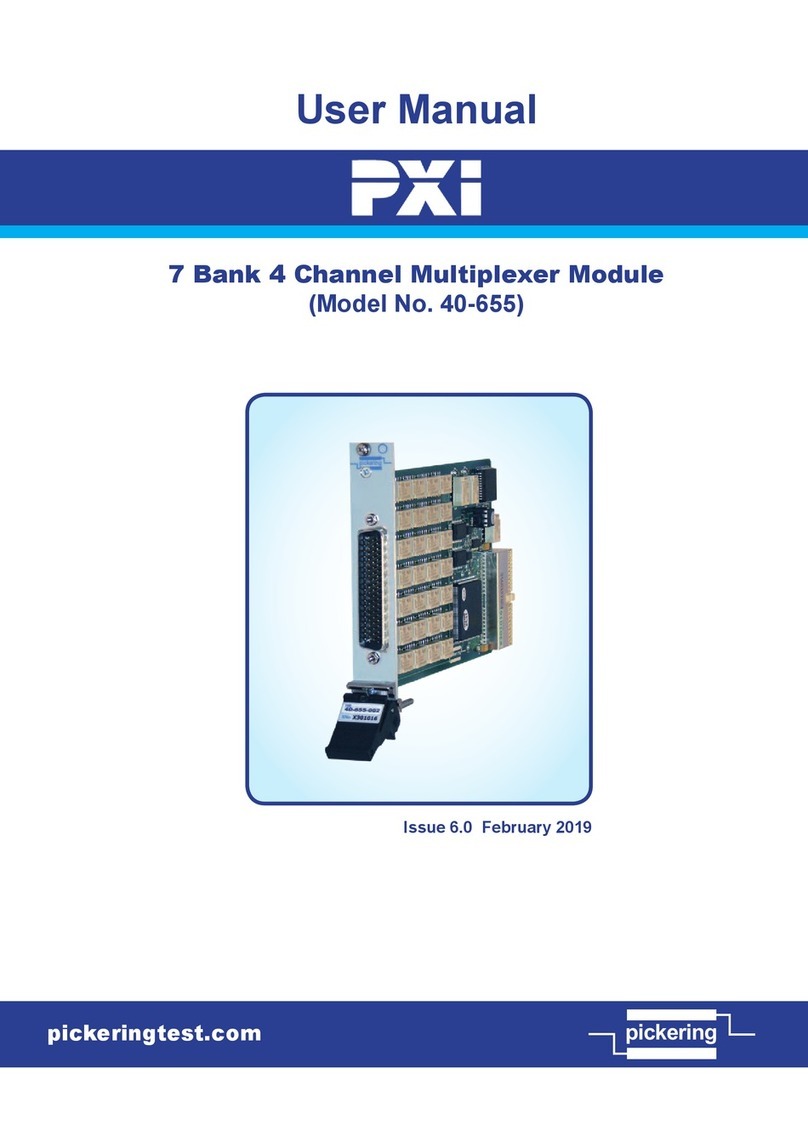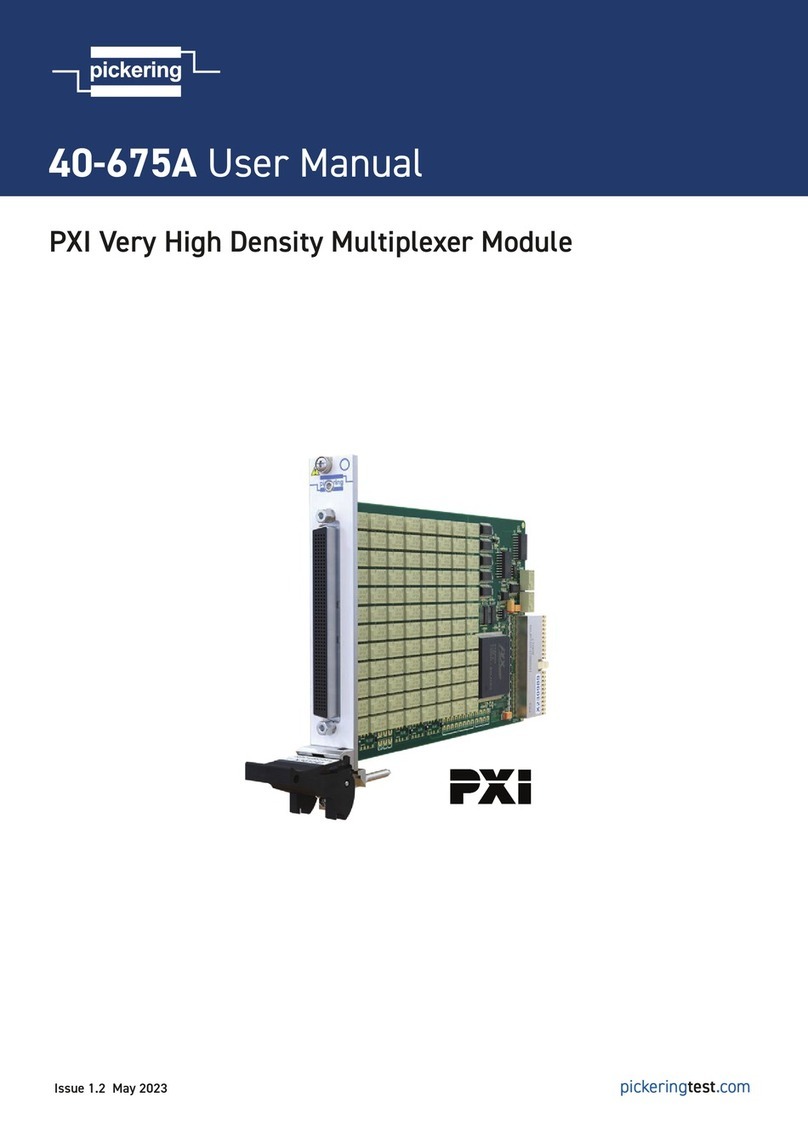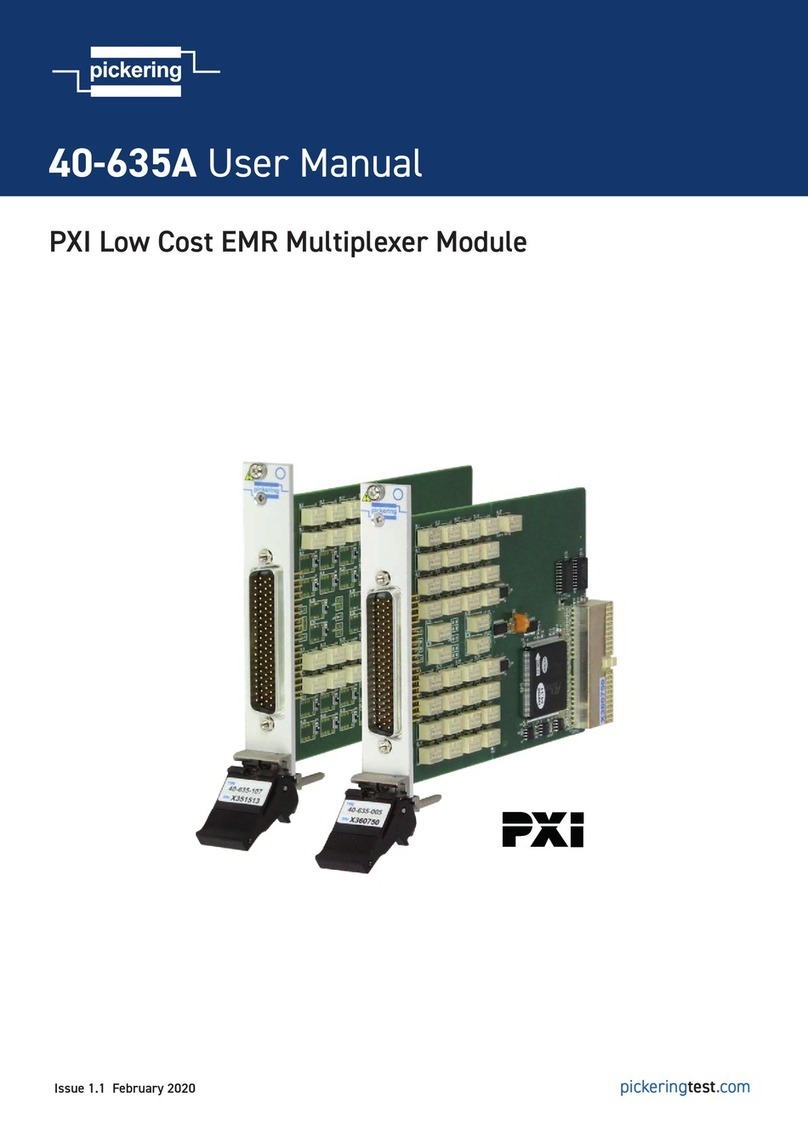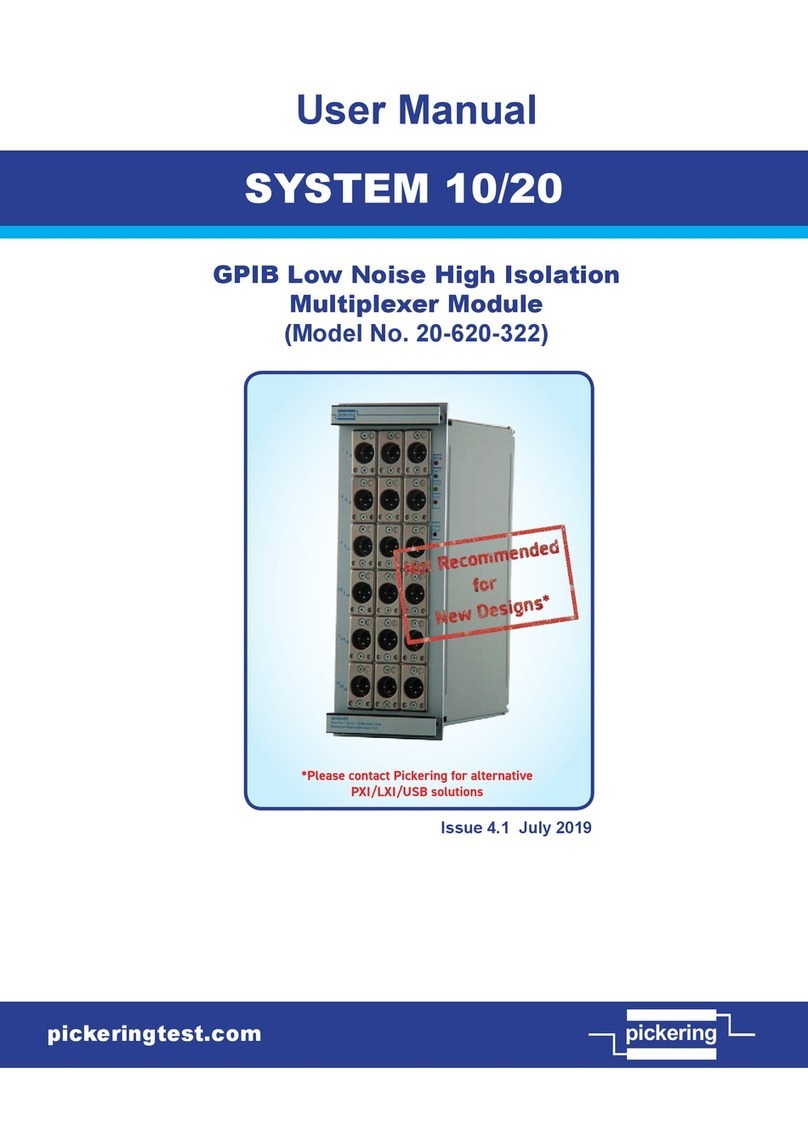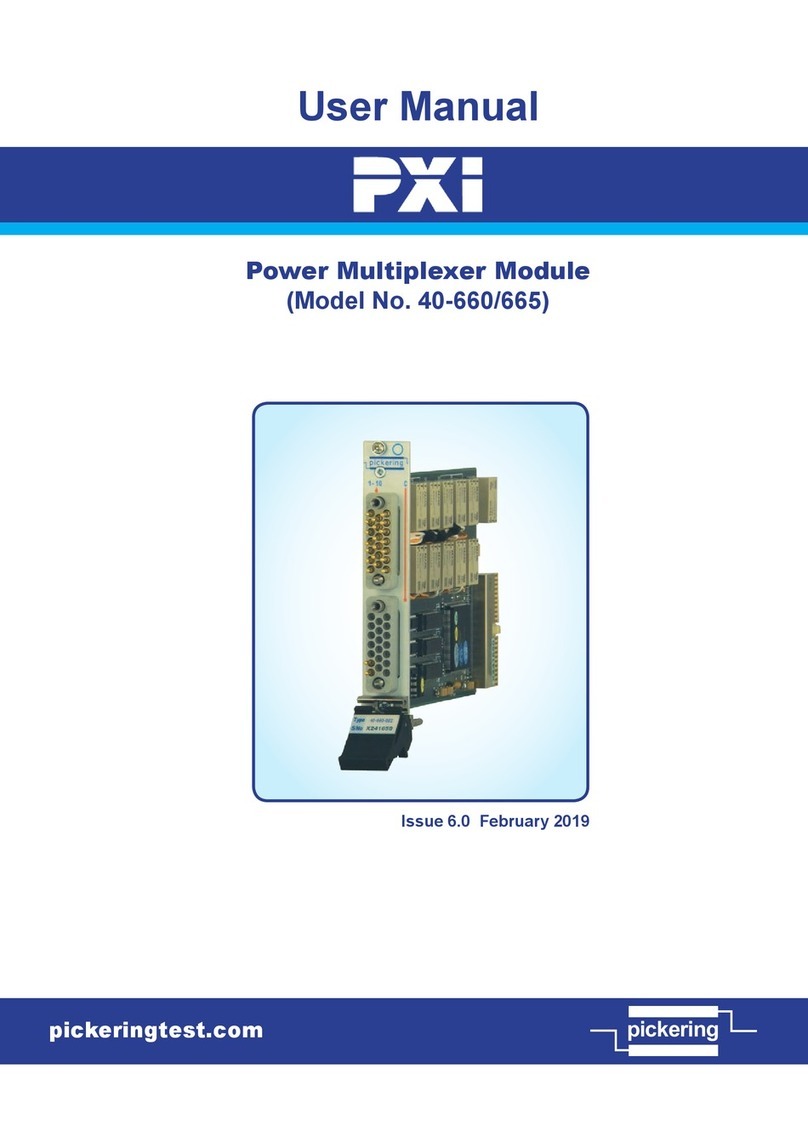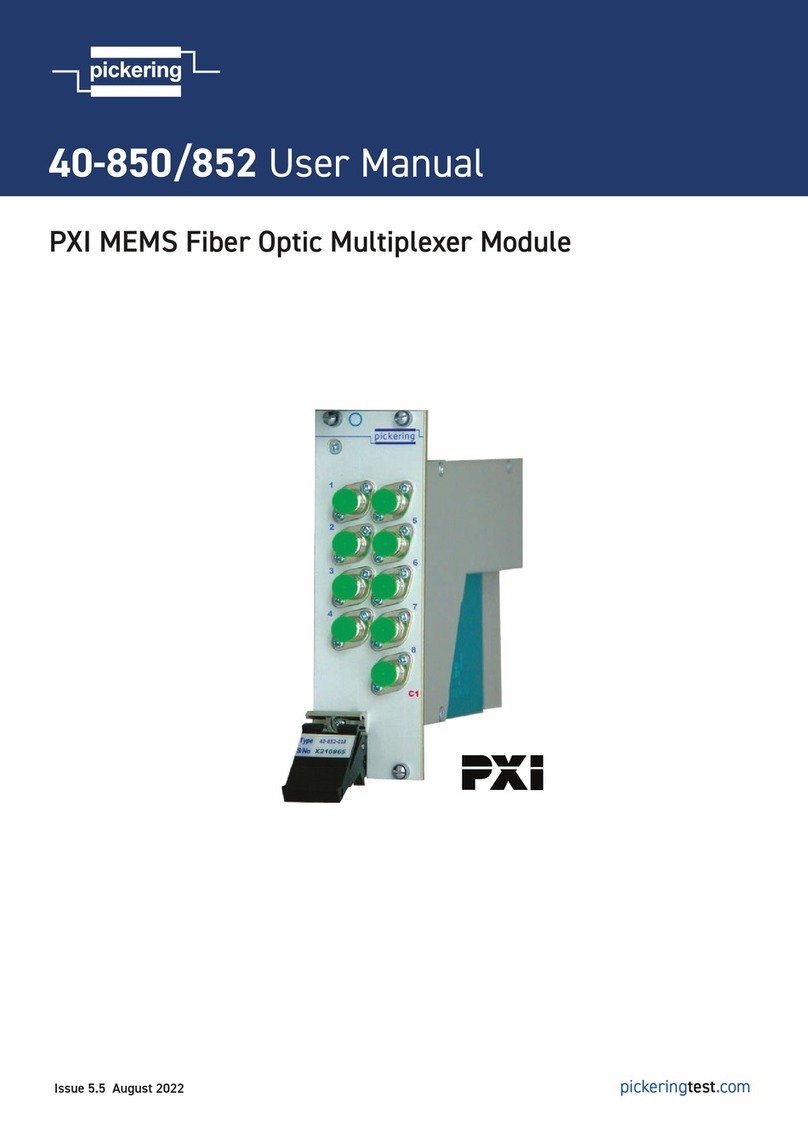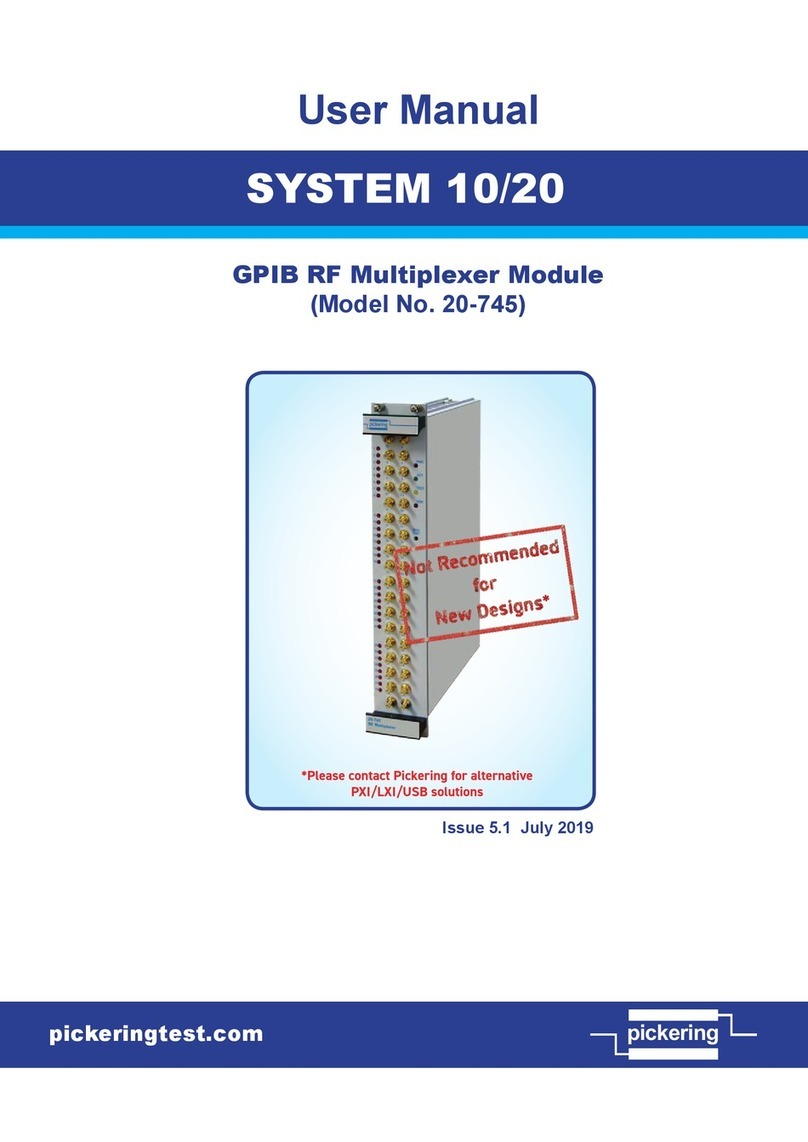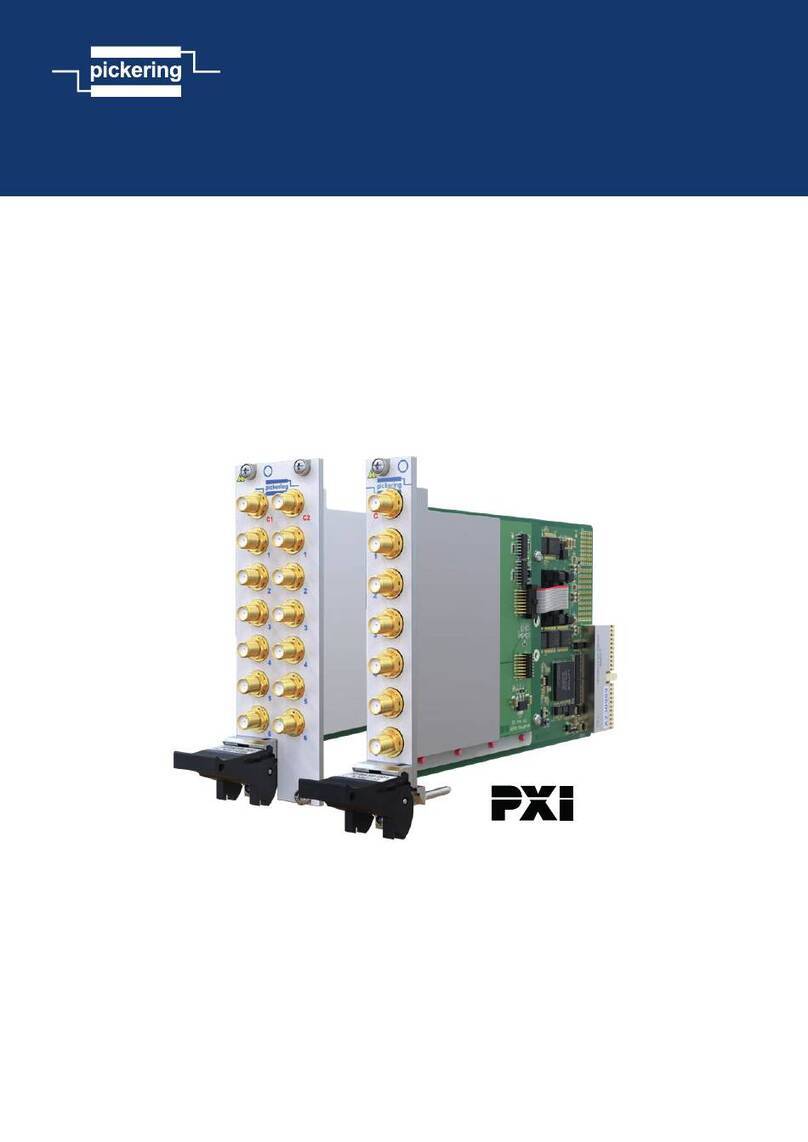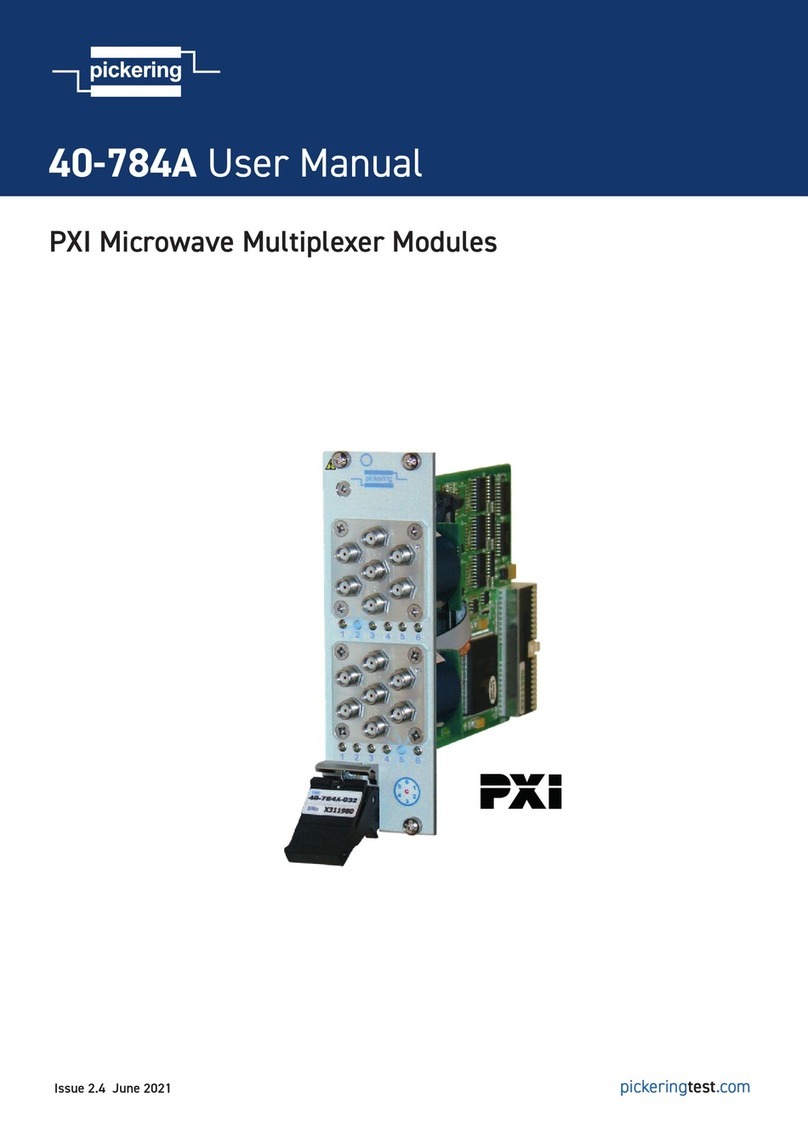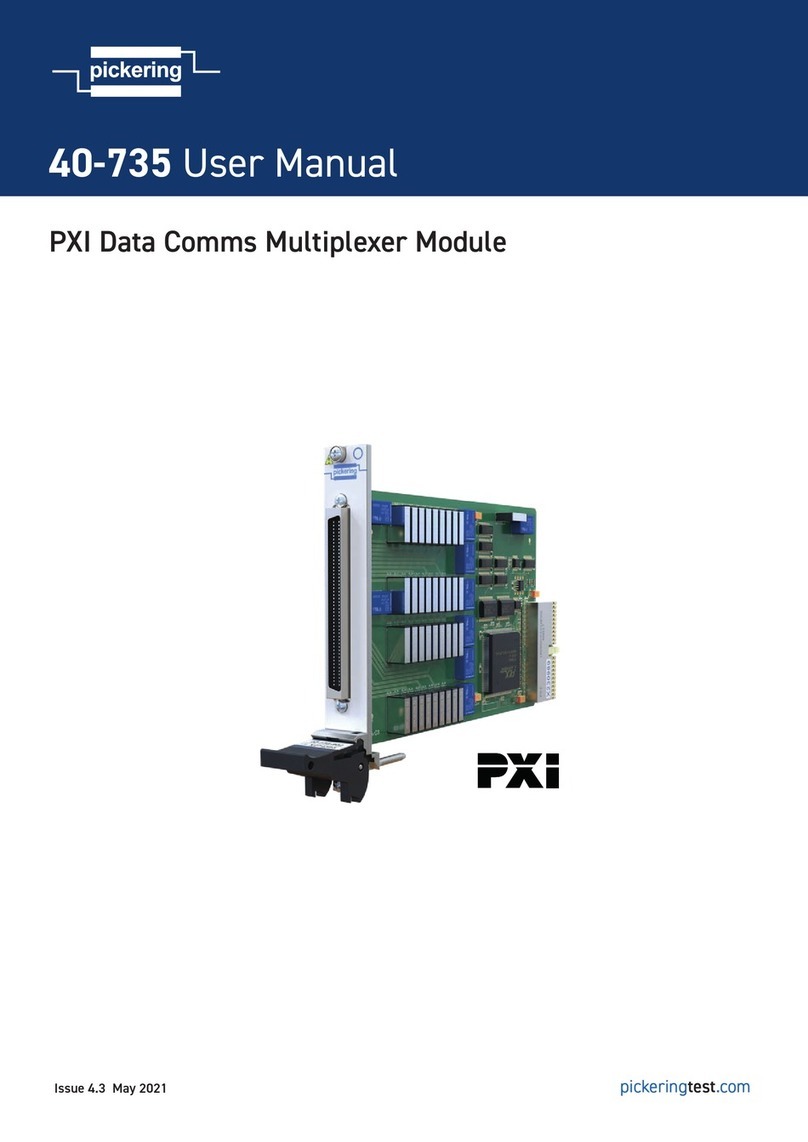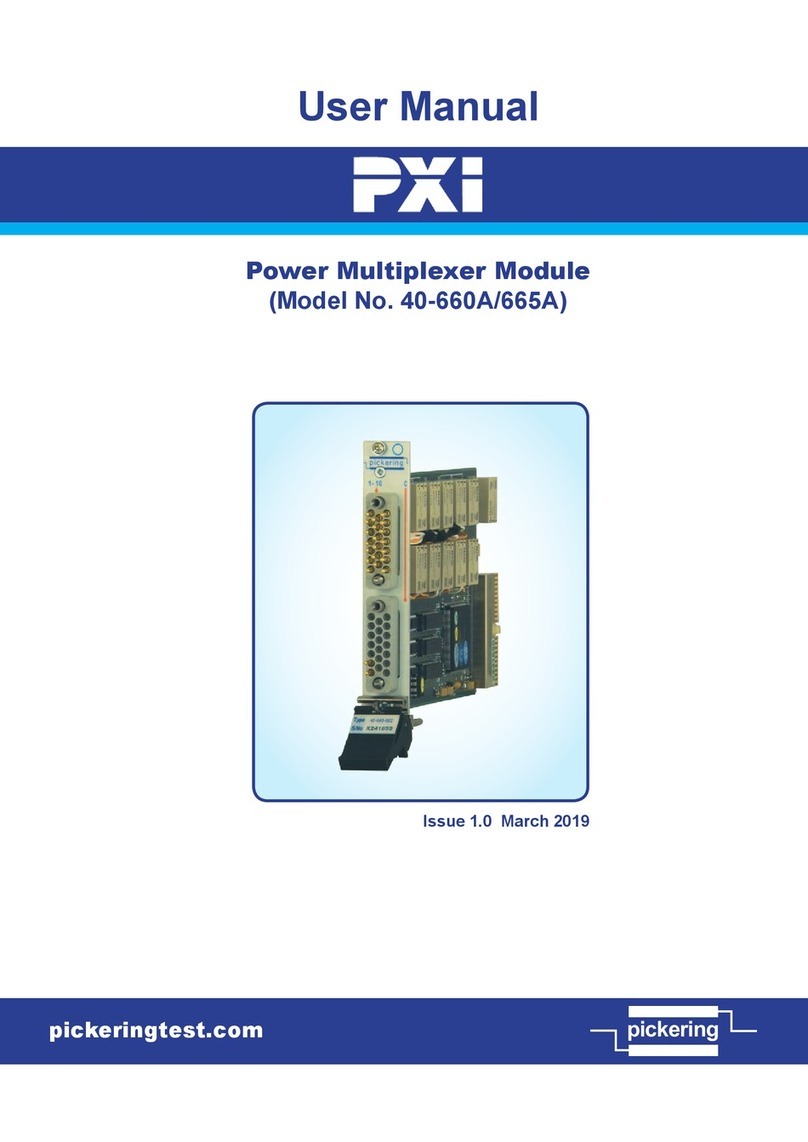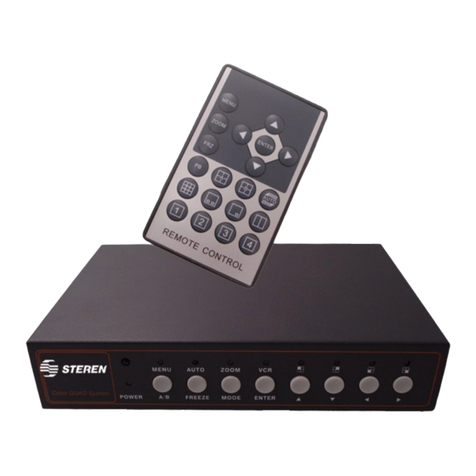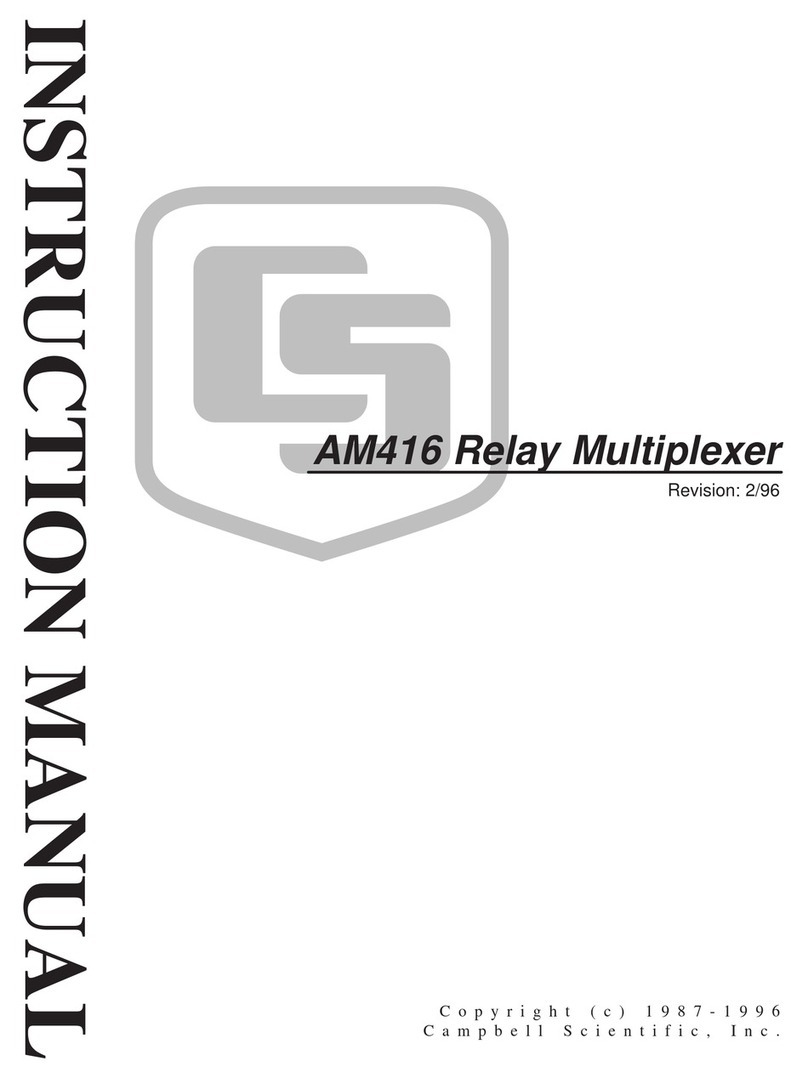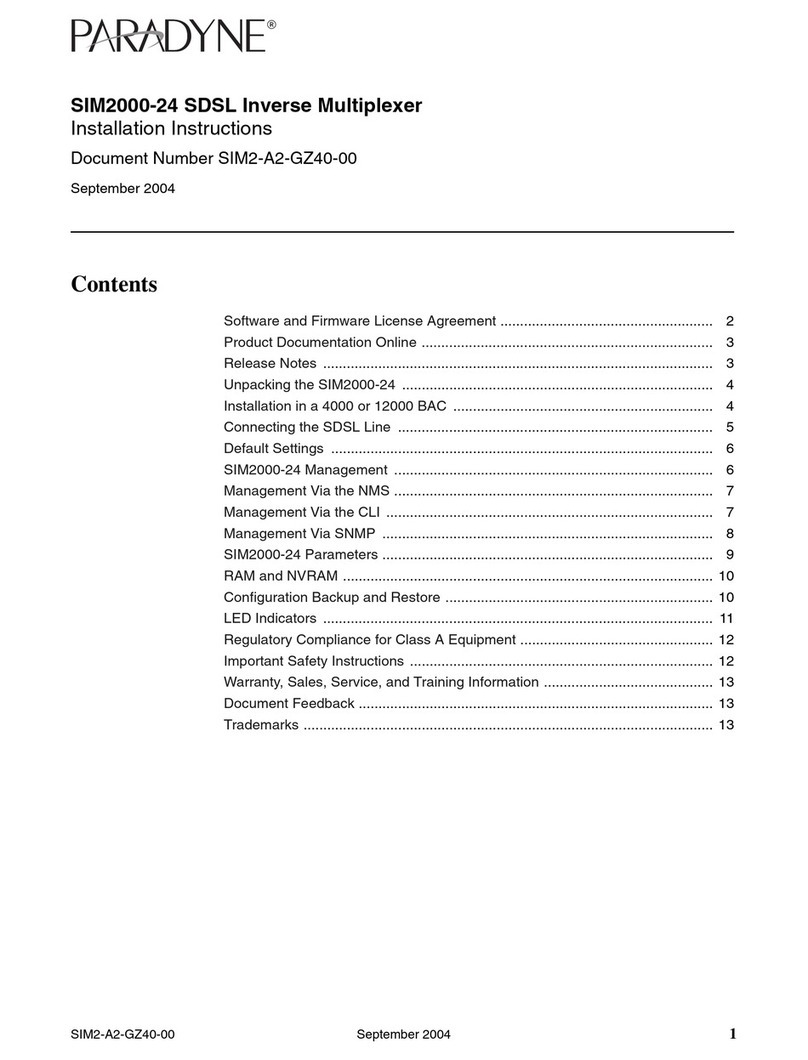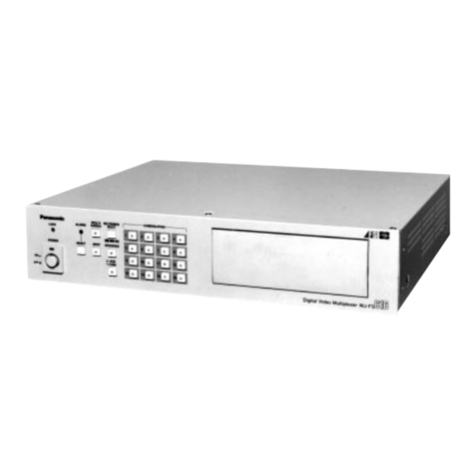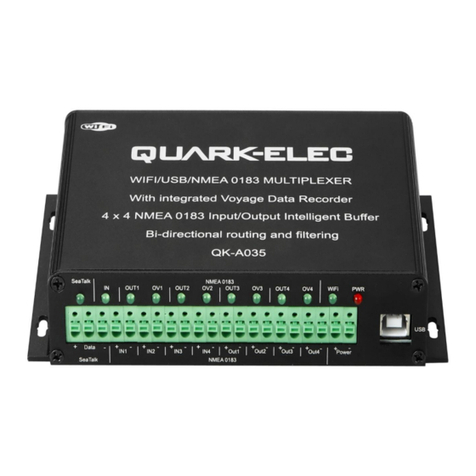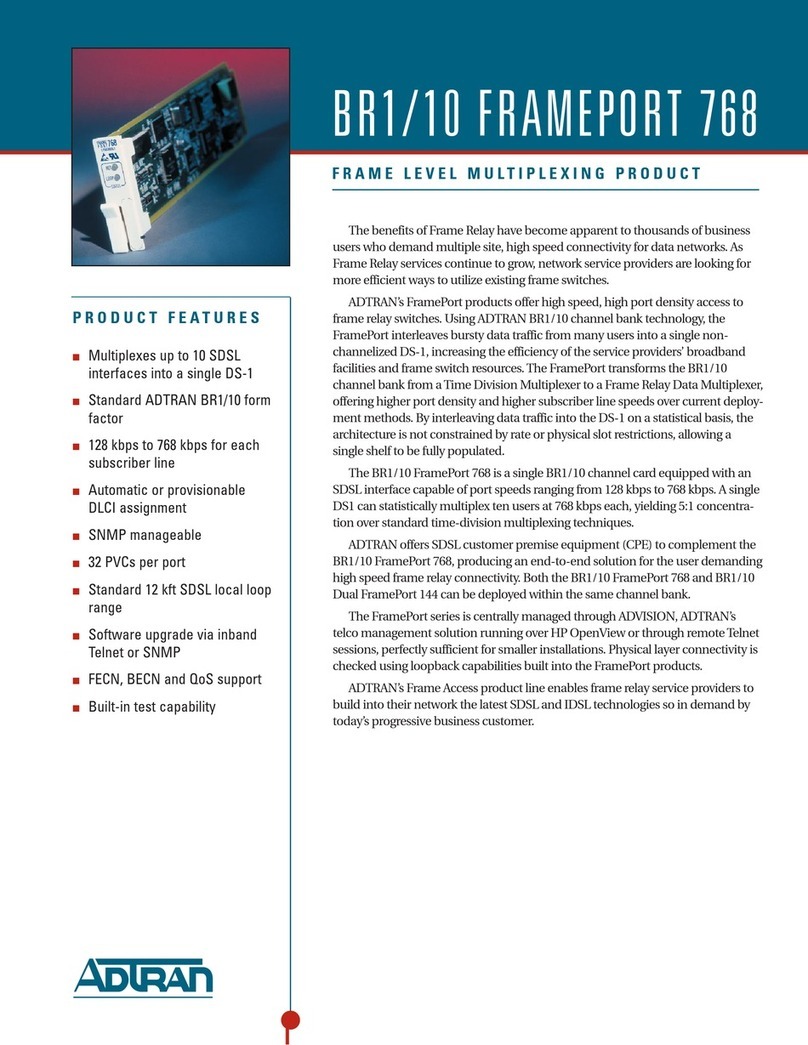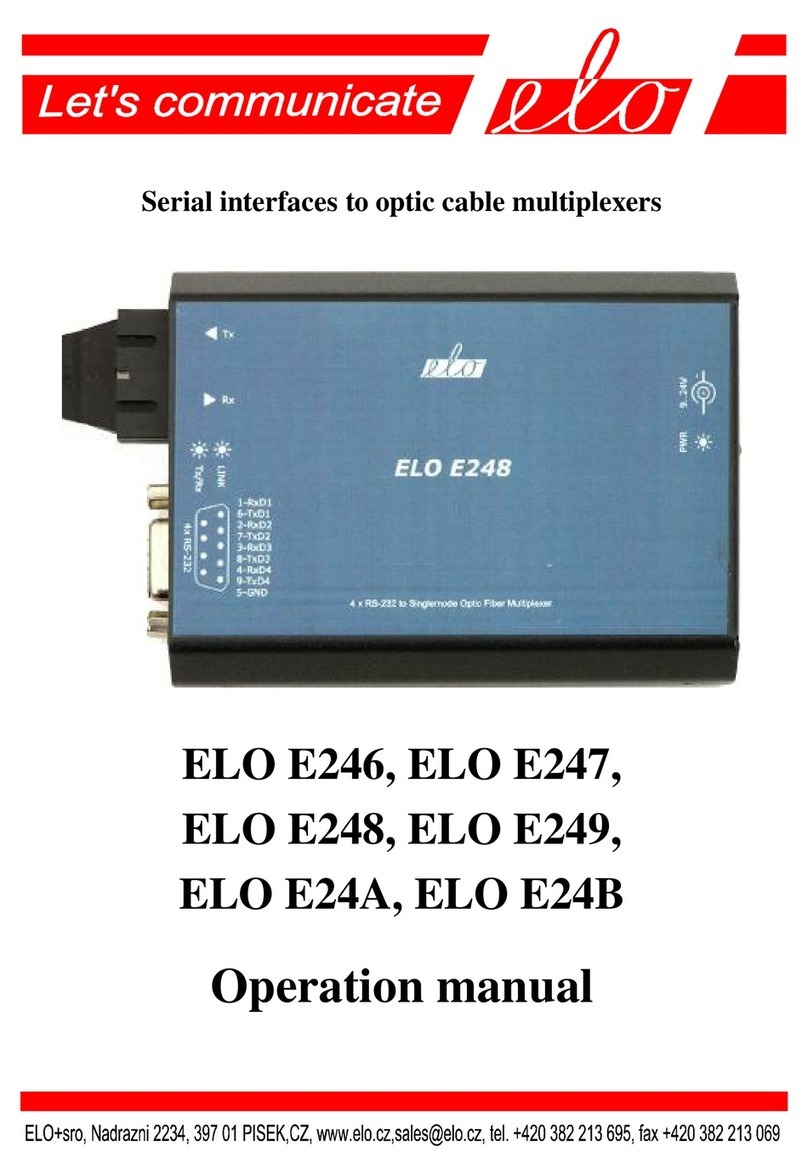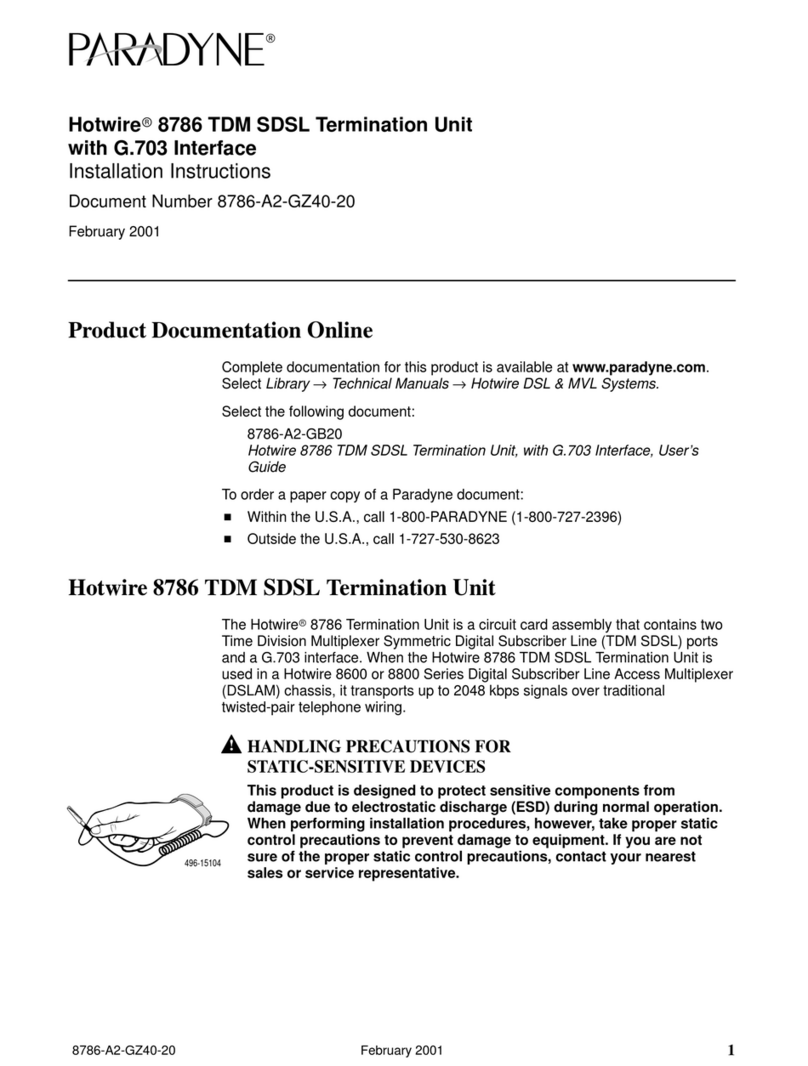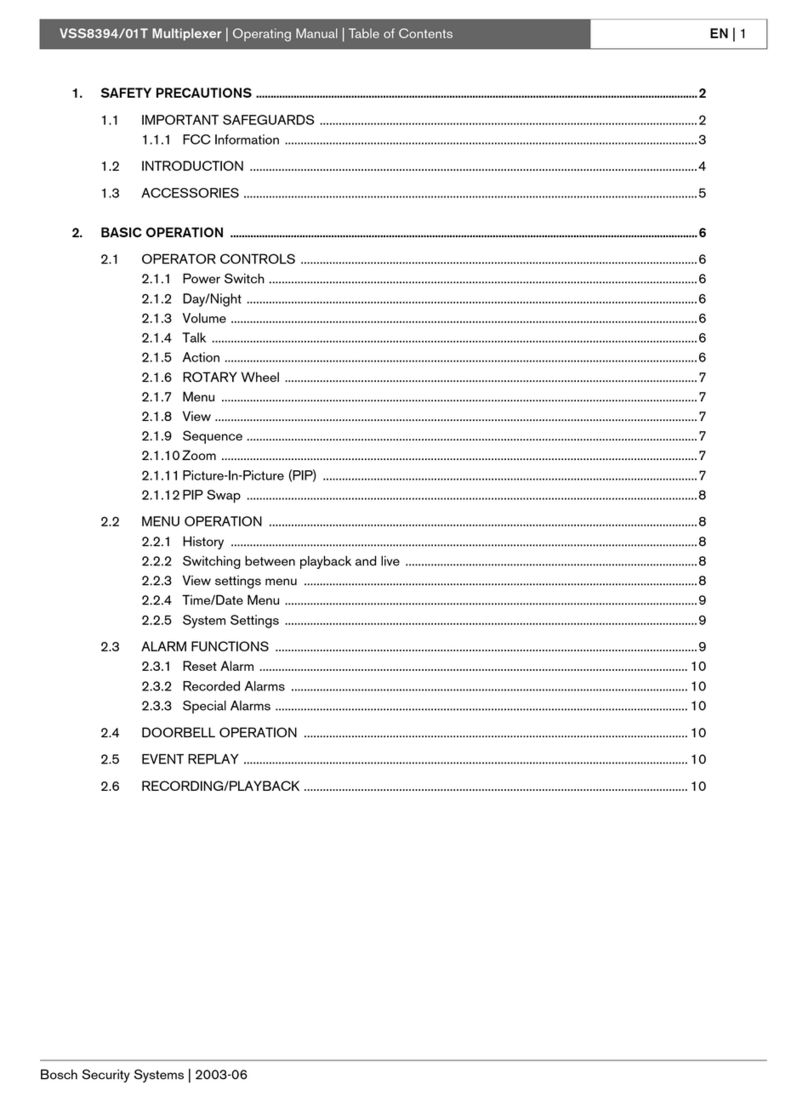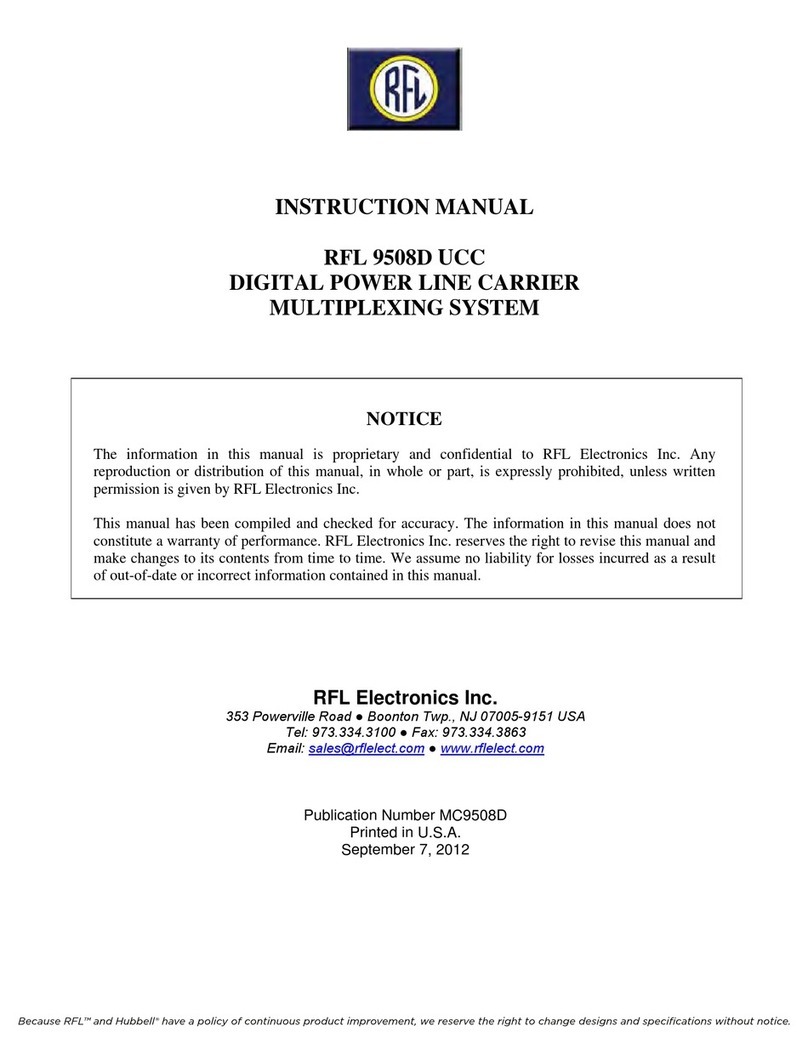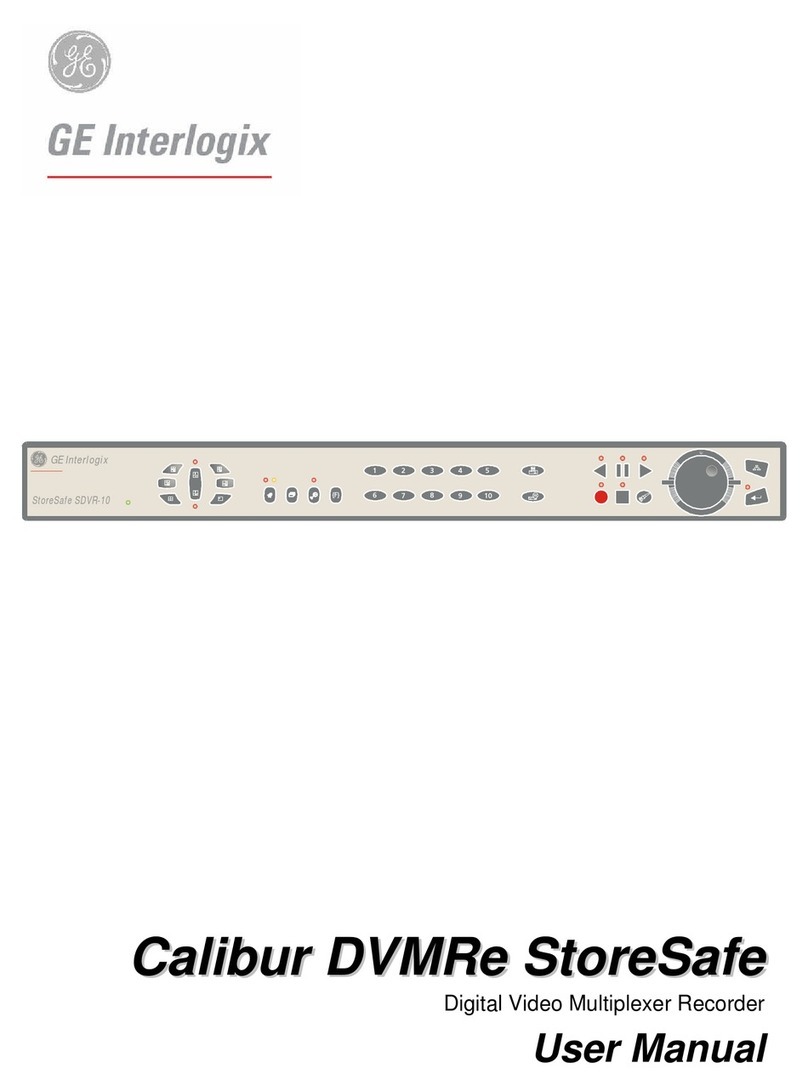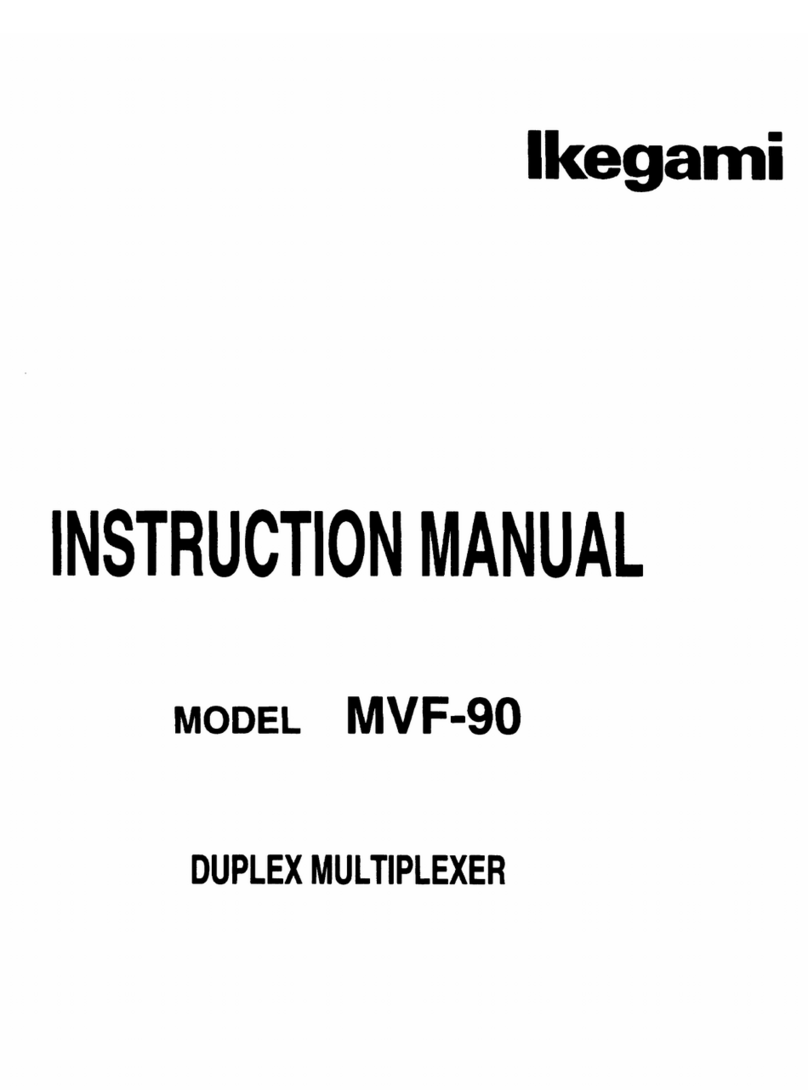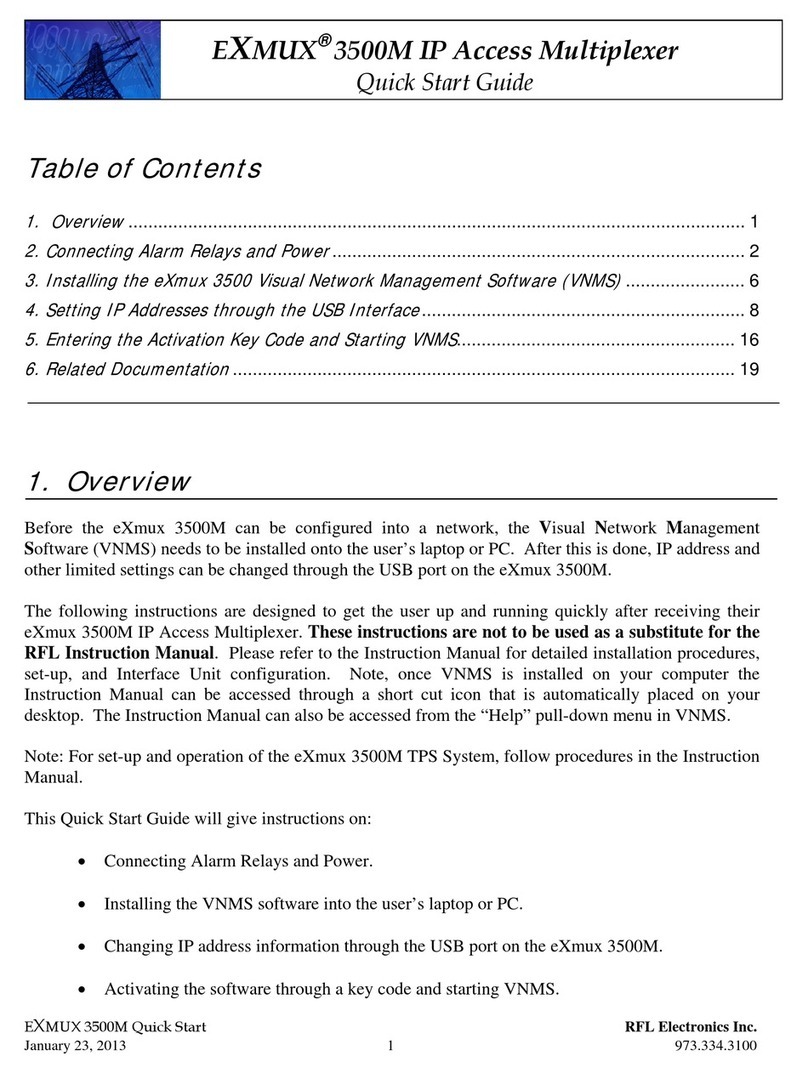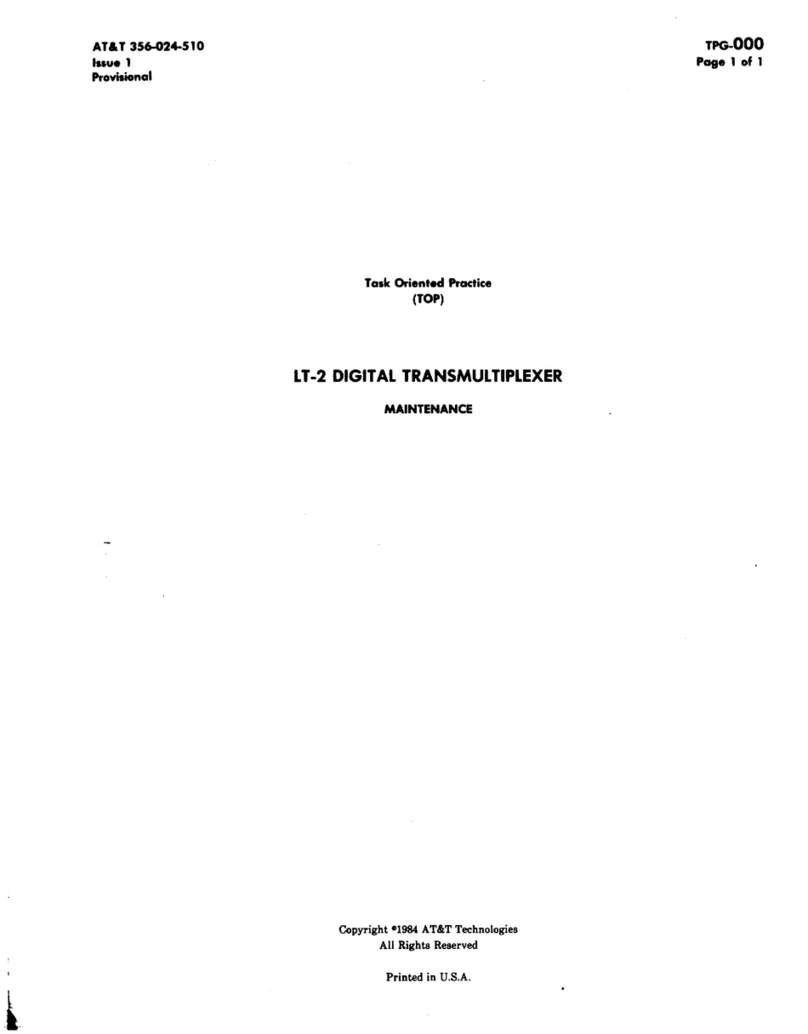
Page 1.2 UNIVERSAL MULTIPLEXER MODULE 20-610
pickering
SECTION 1 - TECHNICAL SPECIFICATION
Universal Multiplexer Module – 20-610
pickeringtest.com
Overview
Common
1.1
2.1
88.1
1.1
2.1
88.1
Isolation
Switch
Isolation
Switch
Bank 1
Bank 2
Common
1.2
1.1
2.2
2.1
44.2
44.1
1.2
1.1
2.2
2.1
44.2
44.1
Isolation
Switches
Isolation
Switches
Bank 1
Bank 2
1.2
1.1
2.2
2.1
44.2
44.1
1.2
1.1
2.2
2.1
44.1
Isolation
Switches
Isolation
Switches
Bank 3
Bank 4
Dual 88 Channel 1-Pole
20-610-021
Quad 44 Channel 2-Pole
20-610-022
Bank 4
2 Pole
Bank 3
2 Pole
Bank 2
2 Pole
Bank 1
2 Pole
Bank 0
2 Pole
Common Out
Bank 6
2 Pole
Bank 5
2 Pole
Internal 24-Pole Analogue Bus
Chan 1-176 Chan 177-352 Chan 353-528 Chan 529-704 Chan 705-880 Chan 881-1056 Chan 1057-1232
Power Supply
GPIB/RS-232
Interface
20-610-022
Up to 8 Multiplexers can be housed
per case, larger systems are formed
using master/slave case expansion
20-610-022 20-610-022 20-610-022 20-610-022 20-610-022 20-610-022 20-610-022
Creating Larger Multiplexers
When more than one module is used to make up a multiplexer –
see diagram below, where seven modules are used to make up a
1232 channel 2-pole multiplexer – then all multiplexer units must
have the same internal address, the location of each module within
the multiplexer is given by its own bank address. Bank addresses
must start at 0 and should be contiguous.
If there is a problem with any of the modules used to make
up a large multiplexer then an error will be detected (use the
REPORT? query to discover the cause).
Analogue Bus
The analogue common can be routed (using internal jumpers)
out to either the front panel connectors or the internal analogue
bus. Routing to the front panel allows the user complete exibility,
routing to the internal analogue bus simplies large system
construction and ensures good signal isolation from external
interference.
The System 10/20 backplane features a shielded 24 pole analogue
bus. This would be used with a multiplexer constructed using more
than one module where the selected channel will be carried along
the backplane analogue bus.
Built-In RS-232 Port
The 20-610 also has a built in RS-232 port (9600 baud, XON/
XOFF, 8 bit, no parity). This is provided on a 4 pin Molex type
connector on the front panel. A separate adapter lead to allow use
with a standard 9 pin D-type is available. The RS-232 port allows
the module to be congured, controlled and monitored from any
RS-232 terminal. This can be a very versatile debugging aid.

